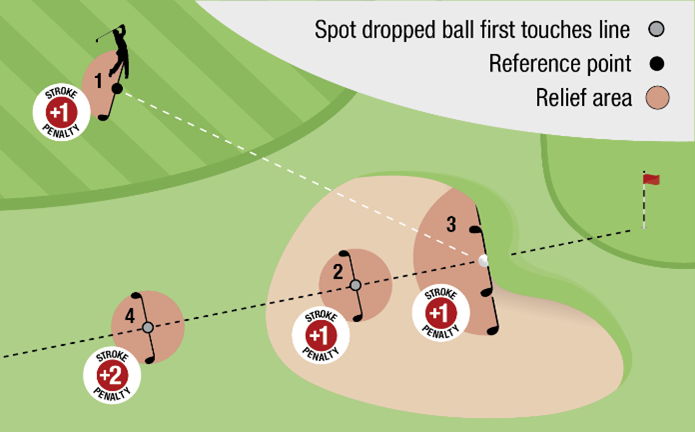In This Issue:
- Teeing Off: Welcome to the Selborne Weekly Tribune!
- Pro Tips: Mastering Your Swing – Chipping
- Upcoming Tournaments: Upcoming Trophy Events!
- Golf Rules & Handicapping: Bunkers!

1. Teeing Off: Welcome to the Weekly Tribune!
In this edition we will be keeping you up to date on what dates our trophy events will be played so that you can ensure you have your calendar marked off.
Whilst we on about dates, there are some other key dates to keep in mind. Selborne as you are all aware does two major annual Spring Treatments a year. With the first one taking place in January already. The second date is scheduled from the 16th to the 19th of September.
Why Do We Do Spring Treatment?
Spring treatment encompasses a range of tasks designed to rejuvenate the turf, enhance playing conditions, and maintain the overall health of the course. One of the key components involves aerating the greens, fairways, and roughs, which helps alleviate soil compaction, improve drainage, and promote healthy root growth. This process allows oxygen, water, and nutrients to penetrate deep into the soil, creating an optimal environment for lush, resilient turf.
In addition to aeration, spring treatment often includes overseeding to fill in any bare or thin areas, fertilization to replenish essential nutrients, and topdressing to smooth out uneven surfaces and improve ball roll. Weed control measures may also be implemented to keep pesky intruders at bay, ensuring that the course remains pristine and picture-perfect for our members.

2. Pro Tips: Mastering Your Swing: Chipping!
IMPROVE YOUR GAME WITH THESE EXPERT TIPS FROM THE PRO:
When chipping, several factors require consideration. This article outlines key focus areas and techniques for executing the chip shot.
Aim
Aim is crucial in determining the ball’s path. Proper alignment of the club face and body ensures a correct swing path along the ball-target line. Open or closed shoulders will affect the swing path. Ensure your shoulders are parallel shoulders, this will assist with consistency.
Grip
After establishing aim, adopting a correct grip is essential. Any of the three basic grip types are acceptable, but positioning on the shaft and grip pressure are crucial. A shortened grip promotes control and a vertical club position, while balancing grip pressure ensures accuracy without sacrificing feel.
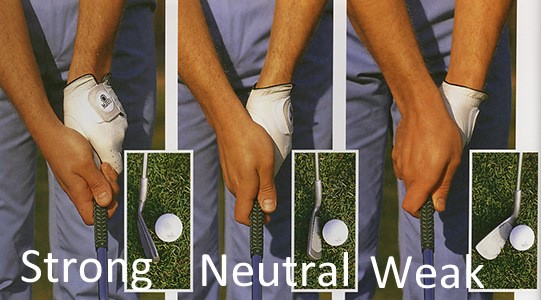
Hands
Positioning the hands slightly left encourages a steeper angle of approach and a cleaner strike.
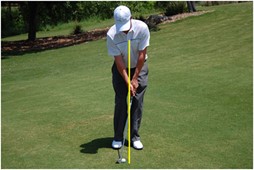
Set up
Maintain normal posture with a narrower stance. Withdraw the left foot and favour the left leg. Place the ball centre or slightly left, with hands in front. Leaning forward encourages a steeper angle of approach.
Swing
Simplify the swing with a one-lever motion to minimize error and ensure consistency. What is a one-lever swing you ask? Your levers are the length of your left arm and golf club. If you swing the club back without cocking your wrists you are using a one lever swing.
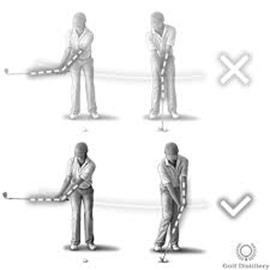
Practice Drills and Training
Practice is vital for improvement. One-arm practice enhances strength and coordination, while the “10 balls in a row” drill promotes rhythm. Practicing with eyes closed improves sensory awareness and feel, crucial for refining technique.
3. Upcoming Selborne Events: Key Events – Trophy Events
Now is the time to ensure you have set aside the following dates for our prestigious Trophy Events:
- Presidents Cup: Swing into action on March 9th for the prestigious Presidents Cup! Get ready for an exhilarating round of Betterball Bonus Bogey, where every stroke counts and the excitement never stops.
- Captain’s Cup: It’s your time to shine! Take charge on November 16th in the Captain’s Cup, where the spotlight is on you in an electrifying Individual Stableford format. Show off your skills and claim victory on the green.
- Founders Trophy: Partner up and prepare for battle! On November 25th, rally with your teammate for the epic Founders Trophy. It’s a Betterball Stableford showdown as you aim to outplay the competition and etch your names in golfing history.
- Residents Cup: Attention all homeowners and estate dwellers! Join us for the thrilling Residents Cup, a Greensomes event open to everyone living on and off the estate. Grab your partner, hit the course, and brace yourselves for a day of camaraderie and friendly competition. Who knows, by the end of the round, you might even strengthen your bond with your playing partner!
- Committee Cup: Do you have what it takes to conquer the course? Find out in the Committee Cup, where Individual Stableford reigns supreme. Join the Golf Committee for an adrenaline-pumping competition followed by an evening of laughter and camaraderie. The stakes are high, the competition fierce, but the memories made will last a lifetime.Top of Form
Tournament Results: Players That Rose To The Top!
9th May – Shaun Parsons Memorial Day – Individual Stableford
1st: Hein Labuschagne 39 Points oco
2nd: Trevor Jackson 39 Points
3rd: Rhys-Scott Dawkins 38 Points
4th: Bernadette Briglin 37 Points oco
5th: Gareth Parsons 37 Points
6th: Raynard O’Dell 36 Points oco
7th: Gary Leader 36 Points oco
8th: Cindy De Vries 36 Points

10th May – Individual Stableford (Sponsored By Blue Ocean Restaurant & Bar) 9 Holes
1st: Terence Pretorius 18 Points oco
2nd: Roland Tickle 18 Points
3rd: Derek Steadman 16 Points
4. Golf Rules & Handicapping: Make The Rules Work For You
Bunkers
Bunkers are one of the five defined areas of the course and is a specially prepared area of sand, which is often a hollow from which turf or soil was removed.
A Committee may define a prepared area of sand as part of the general area (which means it is not a bunker) or may define a non-prepared area of sand as a bunker. When a bunker is being repaired and the Committee defines the entire bunker as ground under repair, it is treated as part of the general area (which means it is not a bunker).The word “sand” as used in this definition and Rule 12 includes any material similar to sand that is used as bunker material (such as crushed shells), as well as any soil that is mixed in with the sand.
A ball is in a bunker when any part of the ball:
- Touches sand on the ground inside the edge of the bunker, or
- Is inside the edge of the bunker and rests:
- On ground where sand normally would be (such as where sand was blown or washed away by wind or water), or
- In or on a loose impediment, movable obstruction, abnormal course condition or integral object that touches sand in the bunker or is on ground where sand normally would be.
If part of the ball is both in a bunker and in another area of the course, see the ranking order of the areas of a course covered in Episode 1.
These are not part of a bunker:
- A lip, wall or face at the edge of a prepared area and consisting of soil, grass, stacked turf or artificial materials,
- Soil or any growing or attached natural object inside the edge of a prepared area (such as grass, bushes or trees),
- Sand that has spilled over or is outside the edge of a prepared area, and
- All other areas of sand on the course that are not inside the edge of a prepared area (such as deserts and other natural sand areas or areas sometimes referred to as waste areas).
Before playing a ball in a bunker, a player may remove loose impediments (e.g. stones, leaves) and movable obstructions under (e.g. rake). This includes any reasonable touching or movement of the sand in the bunker that happens while doing so.
Before making a stroke at a ball in a bunker, a player must not (if you do, it is a penalty stroke):
- Deliberately touch sand in the bunker with a hand, club, rake or other object to test the condition of the sand to learn information for the next stroke, or
- Touch sand in the bunker with a club:
- In the area right in front of or right behind the ball (exceptas allowed under Rule 7.1a in fairly searching for a ball or under Rule 12.2a in removing a loose impediment or movable obstruction),
- In making a practice swing, or
- In making the backswing for a stroke.
Except as indicated above, the rules allow the player from touching the sand as follows:
- Digging in with the feet to take a stance for a practice swing or the stroke,
- Smoothing the bunker to care for the course,
- Placing clubs, equipment, or other objects in the bunker (whether by throwing or setting them down),
- Measuring, marking, lifting, replacing, or taking other actions under a Rule,
- Leaning on a club to rest, stay balanced or prevent a fall, or
- Striking the sand in frustration or anger.
But remember that if you improve the conditions affecting the stroke in breach of Rule 8.1a. then you incur the General Penalty (two stroke penalty in Stroke Play and loss of hole in Match Play).
When a ball is in a bunker, specific relief Rules apply in certain situations and the player may take either free relief in the bunker or penalty relief outside the bunker.
- Interference by an abnormal course condition (e.g. temporary water) or a dangerous animal condition (such as venomous snakes, stinging bees, alligators, fire ants or bears).
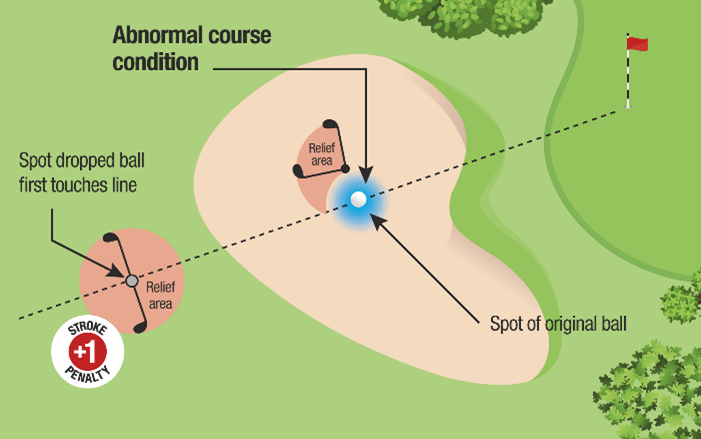
A player may decide that their ball in a bunker is unplayable. The player has four options:
- For one penalty stroke, the player may take stroke-and-distance relief.
- For one penalty stroke, the player may take back-on-the-line relief in the bunker.
- For one penalty stroke, the player may take lateral relief in the bunker.
- For a total of two penalty strokes, the player may take back-on-the-line relief outside the bunker.
